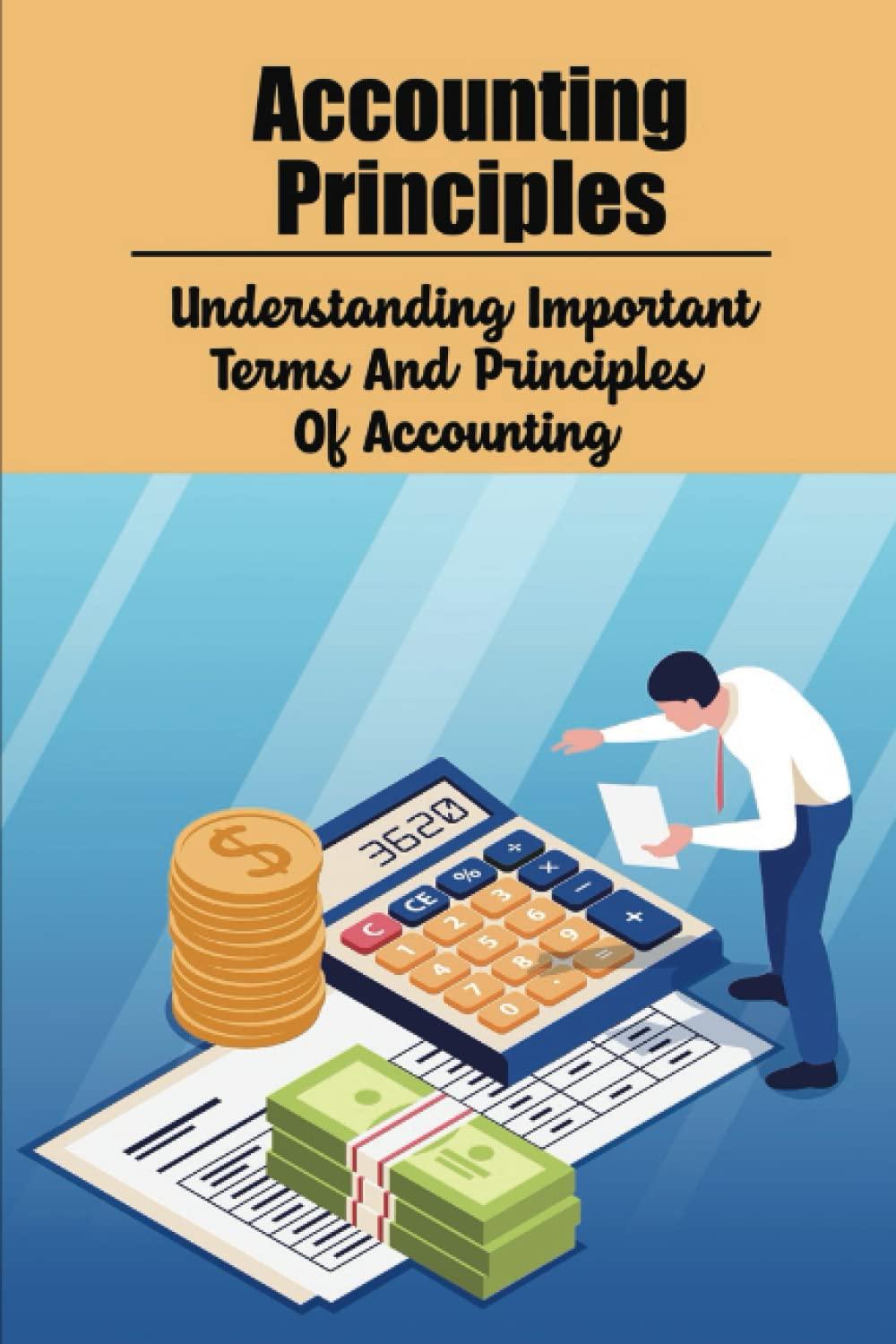Answered step by step
Verified Expert Solution
Question
1 Approved Answer
In 2016, Lisa and Fred, a married couple, have taxable income of $355,000. If they were to file separate tax returns, Lisa would have reported
In 2016, Lisa and Fred, a married couple, have taxable income of $355,000. If they were to file separate tax returns, Lisa would have reported taxable income of $137,500 and Fred would have reported taxable income of $217,500. What is the couples marriage penalty or benefit?

Step by Step Solution
There are 3 Steps involved in it
Step: 1

Get Instant Access to Expert-Tailored Solutions
See step-by-step solutions with expert insights and AI powered tools for academic success
Step: 2

Step: 3

Ace Your Homework with AI
Get the answers you need in no time with our AI-driven, step-by-step assistance
Get Started


